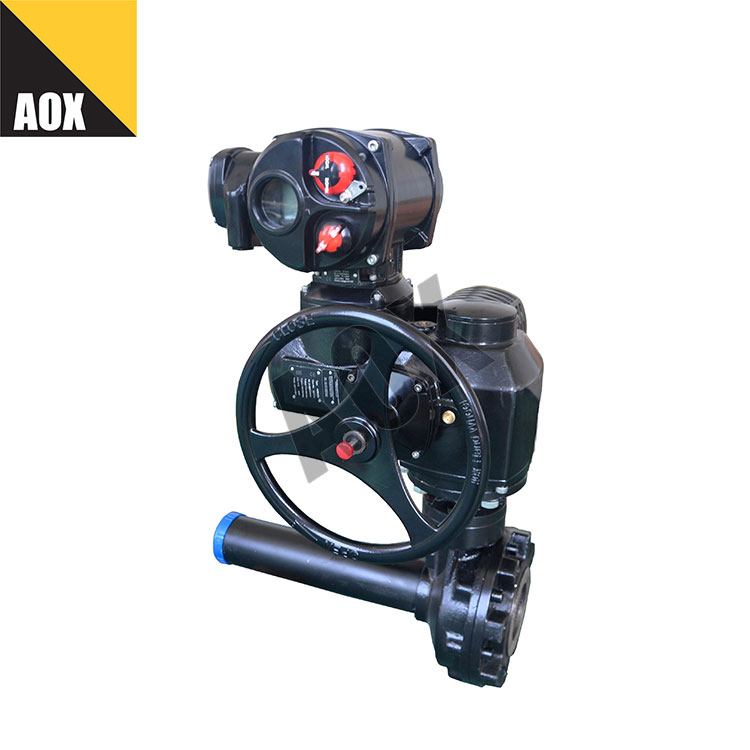Here are key features and characteristics of multi-turn electric actuators
2023-12-21
A multi-turn electric actuator is a type of actuator designed to automate the control of valves and other devices that require multiple revolutions (turns) for full open or close positioning. These actuators are commonly used in applications where a valve must be rotated several times to reach the desired position, such as gate valves, globe valves, and rising-stem valves. Here are key features and characteristics of multi-turn electric actuators:
1. Rotational Movement:
- Multi-turn electric actuators provide continuous and multiple revolutions (turns) to control the rotational movement of valves. This is in contrast to part-turn actuators that operate over a limited angle.
2. Electric Motor:
- These actuators are powered by an electric motor, which supplies the necessary torque for multiple revolutions. The electric motor is controlled by an electronic control system.
3. Gear Mechanism:
- Multi-turn actuators typically incorporate a gear mechanism that converts the rotary motion of the motor into the linear motion required to drive the stem of the valve. This gearing allows the actuator to perform multiple turns.
4. Limit Switches:
- Limit switches are often integrated into multi-turn actuators to define the endpoints of the rotational movement. These switches signal the actuator to stop when the valve reaches its fully open or fully closed position.
5. Position Feedback:
- Many multi-turn electric actuators include position feedback devices, such as potentiometers or encoders, to provide information about the current position of the valve. This feedback is crucial for precise control and monitoring.
6. Torque Output:
- The torque output of the electric actuator is matched to the requirements of the valve it is controlling. Multi-turn actuators are selected based on the torque needed to operate the valve through its complete range of revolutions.
7. Compact Design:
- While multi-turn actuators are generally larger than part-turn actuators, they are designed to be compact and efficient, considering the multiple turns required for specific valve types.
8. Manual Override:
- Many multi-turn electric actuators have a manual override feature, allowing operators to manually control the valve by disengaging the electric motor. This feature is useful during power outages or for maintenance purposes.
9. Control Options:
- Multi-turn electric actuators can be integrated into control systems using various communication protocols such as Modbus, Profibus, or HART. This allows for remote control, monitoring, and automation.
10. Applications:
- Multi-turn electric actuators are commonly used in applications where precise control of valve positioning is required over multiple turns. They are suitable for gate valves, globe valves, sluice gates, and other similar devices in industries such as water treatment, wastewater, oil and gas, and power generation.
11. Environmental Protection:
- Actuators may have protection ratings (IP ratings) to ensure they are suitable for the environmental conditions in which they operate. Higher IP ratings indicate greater protection against dust and water ingress.
Multi-turn electric actuators play a crucial role in automating the control of valves that require multiple revolutions for proper positioning. The selection of the appropriate actuator depends on factors such as the valve type, torque requirements, and specific application needs.



